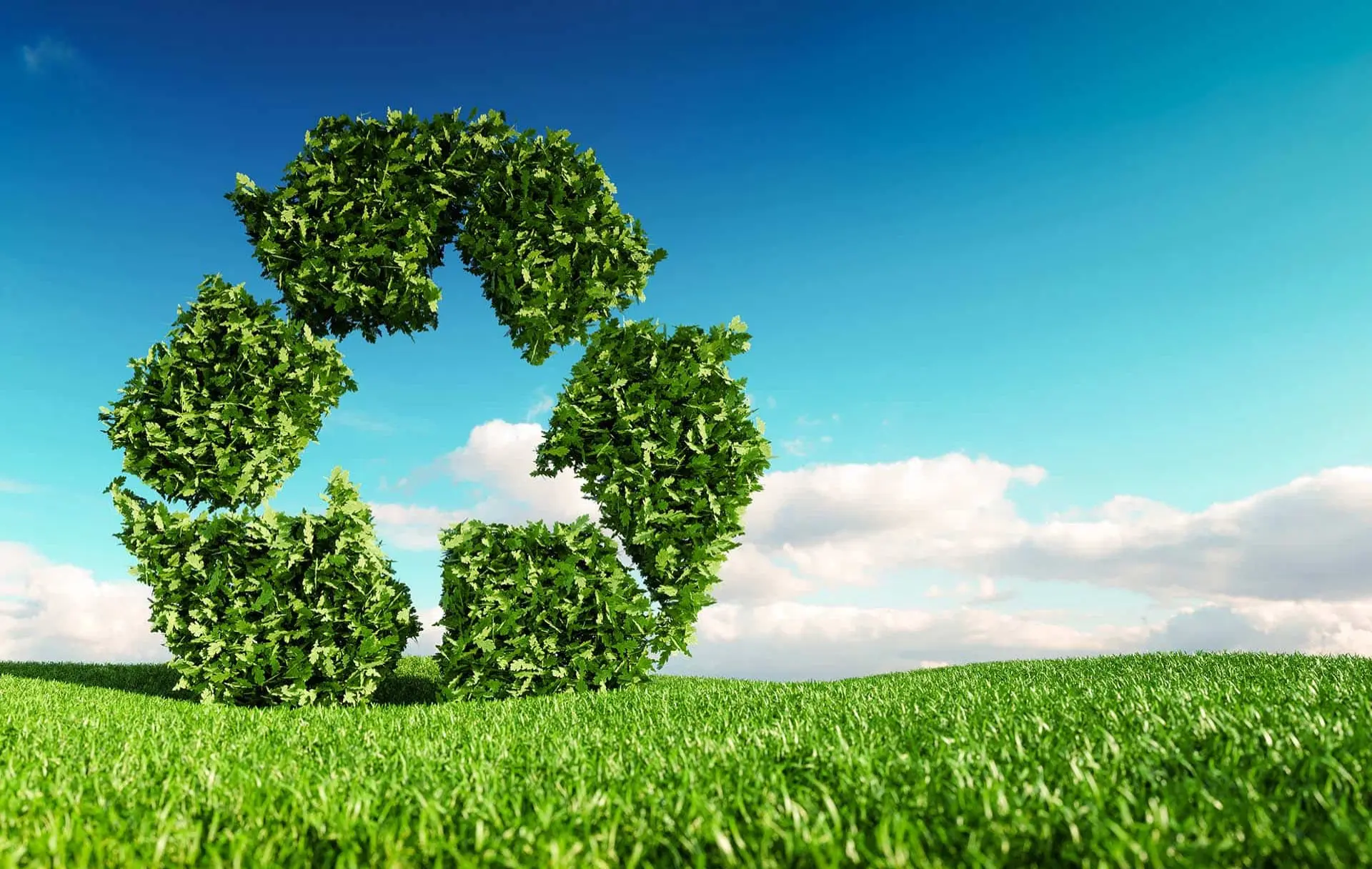Although recycling can be as small a gesture as repurposing a bottle into a vase or using old receipts to write notes, it’s been decades now since we, as a society, started recycling on an industrial scale. It has become so commonplace in so many homes that we often don’t realize that there’s a whole process that happens to our recycled waste after it leaves our curbside. The fact is that, in the US alone, 22,503 people are employed in recycling facilities and their often-overlooked work is an essential piece of protecting the environment.
What can be recycled?
Unfortunately, not everything we use daily can be recycled. In order to run through a recycling facility, an object must be made from a material that’s easily malleable and able to be broken down. Some things that we use are made to hold their shape indefinitely. So, in case you didn’t already know, here is a list of things that can be recycled.
- Paper including newspapers, magazines, and mixed paper
- Cardboard
- Glass bottles and jars
- Rigid plastic products
- Metal containers, including tin, aluminum, and steel cans
- Food waste (if your city has an organics collection program)
Most of these items are easily recognizable by the recyclable icon printed or branded on them. You’ve seen it before: the triangle made of arrows. If you see that logo anywhere on the item you’re using, you can toss it in the recycling bin.
What happens next?
When you fill up your recycling bin, it’s time for it to be taken to the recycling facility. Unlike a trash facility where everything gets dumped into piles, a recycling facility takes everything onto a conveyor belt. And the very first part of that conveyor belt is the reason that it’s important to only send things there that you know can be recycled. Because several flesh-and-blood workers have to sort through all the recyclable materials and take out anything that doesn’t fit the bill. Old shoes, broken toys, clothing, things like that that won’t make it through the process have to be taken out very first thing.
The rest of the process uses specialized machinery that’s used to attract or divert certain types of recyclables… except for paper! That’s right, paper and cardboard also has to be taken out by hand and sorted into a separate box. But after the conveyor belt moves past the paper sorting, that’s the end of human involvement until it’s shipped out at the end.
From there, huge magnets are employed to collect steel cans and an eddy current collects the aluminum. What should be left after that is glass and plastic which can be separated by a density blower. The glass gets pulverized into what’s called “cullet,” and the plastic gets further sorted into different bins based on resin type by employing optic sensors.
The Final Process
At the end of the conveyor belt, you have paper, steel, aluminum, plastic, and glass all in separate bins ready to be processed and delivered to manufacturing facilities. The paper is sold to paper mills where they break it down in a similar way that they would break down wood to make new paper. Paper can only be re-processed so many times, however, so this paper made by recycled materials usually only gets made into specialty products like paper towels and egg cartons. The metal goes to smelting facilities where, instead of being totally broken down, they are melted and molded into new products like cans and filing cabinets. Glass is the most recyclable material on the market and can be broken down and remade an infinite number of times! It usually gets turned right back into what it was before: bottles or jars. Big bales of plastic are sold off to specific plastic recycling facilities where they are “down-cycled” into things like park benches, garbage cans, and lawn furniture.
While it’s important to reduce the number of things you use and throw away in general, and to reuse things as often as possible, recycling is also a very important part of caring for the environment. We encourage recycling by selling La Española olive oil in recyclable bottles and packaging! But we thank each and every one of you who have taken the effort to make sure recycling works!
